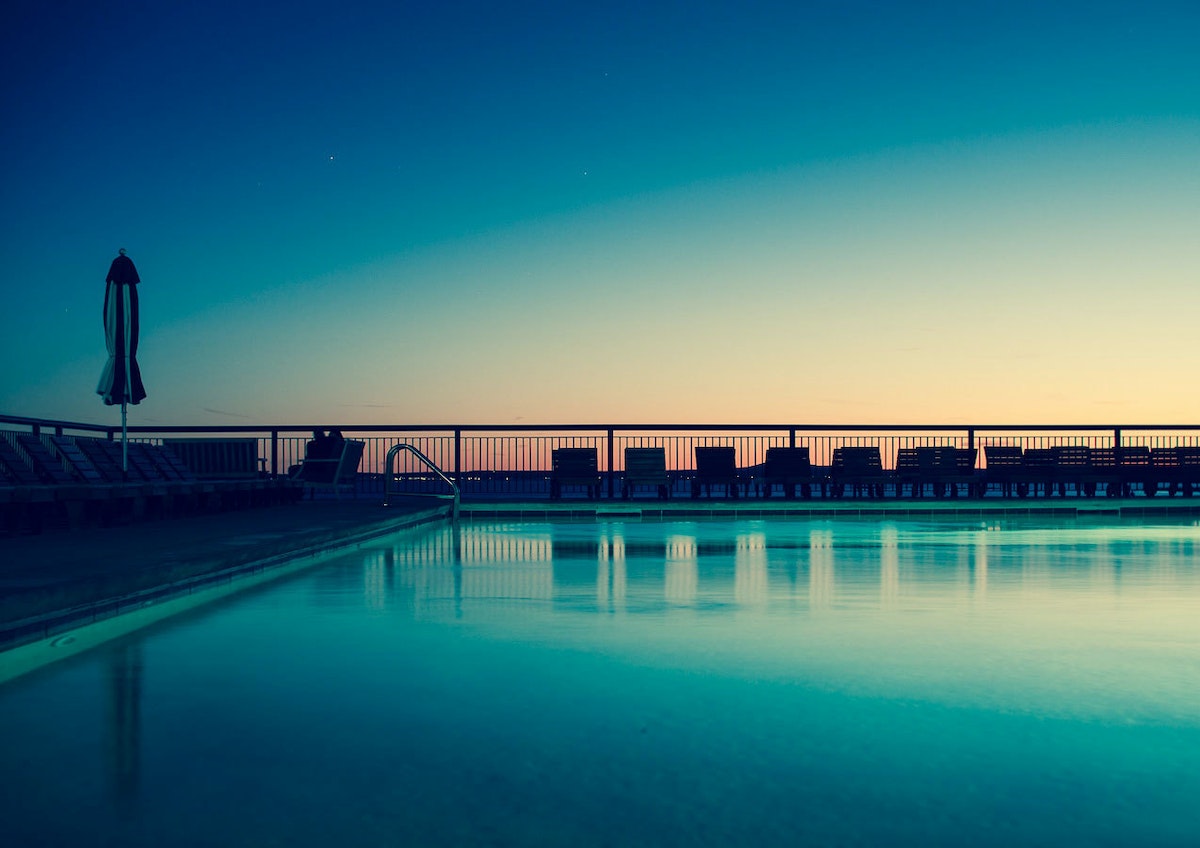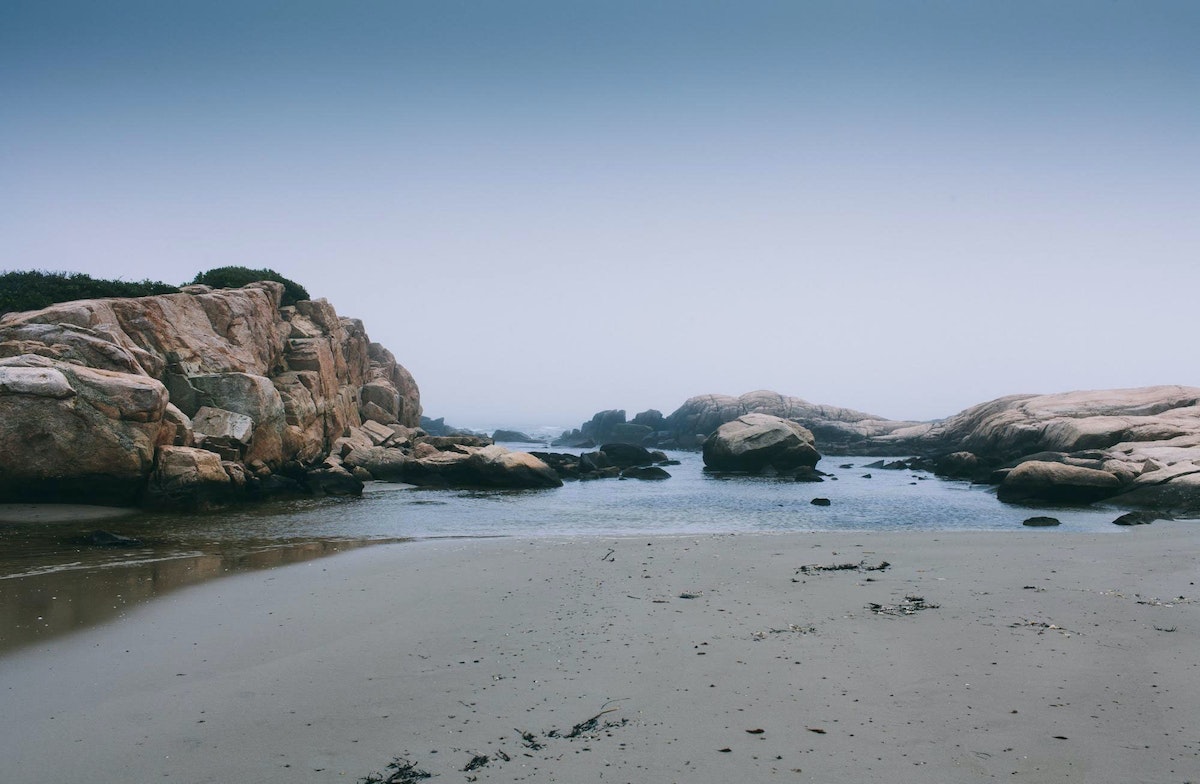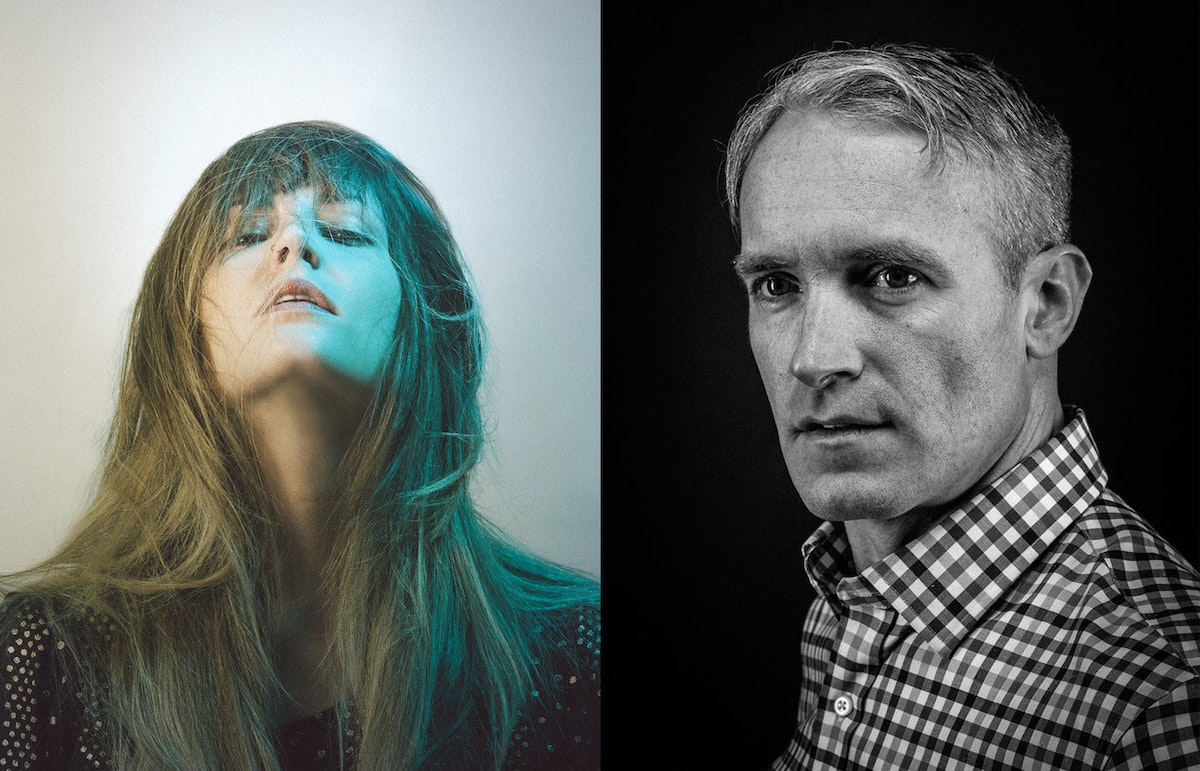How Learning Photography Will Make You Better At Everything Else

Many moons ago, when I was a couple of years out of college working at a digital agency in London, they handed me the responsibility of directing my first photo shoot. Cue anxiety. As a junior designer, I had limited experience with professional photography. I didn’t understand enough about the medium to give adequate direction to a photographer. On the day of our shoot, it seemed like magic watching the photographer and his assistants make it happen — the combination of their technical knowledge and efficient process was fascinating.
Fifteen years have now passed, and in that time, I’ve developed a sincere passion for the medium. I’ve worked with many photographers both in the studio and on location, and also have shot my own work, both at IDEO and personally. Though I consider myself a designer first and a photographer second, I realize now just how much this art form has influenced the way I work. The overlapping values in each discipline have sharpened my focus and demanded a constant reassessment of line, color, and composition.
Here’s how photography can help you become a better...
1. ART DIRECTOR
Being able to identify not only the subject but also the photographic styles that will work with your concept adds richness to the message. For example, is the experience that you are creating intended for families or teenage fashionistas? Should the audience feel like they’re part of the story, or like they’re being challenged by the subject? Does the graphic design feature geometric lines or organic shapes? Try answering questions like these and choose appropriate imagery with consideration for lighting, color, tone and camera perspective to help define the experience.

2. UI & UX DESIGNER
Photographic composition translates well to design composition. In photography there are many ways to draw the viewer’s eye to the intended subject or to communicate a message. In UI/UX, it is often beneficial to limit your color palette and reduce visual noise. In photography, creating an image with areas of equal tonal values or color helps to simplify and focus. You are making conscious decisions to help the viewer (or user) make choices. Interestingly, when photography is used in conjunction with UI elements, designers often have to figure out how to maintain the legibility of text, important links, and buttons. You can sometimes get away with using a dark tint (usually an opacity of black) over the image, although this can appear dark and muddy. Use a gradient overlay rather than a full tint. It will look less heavy. Video tends to be more forgiving as your eye can distinguish the type more easily against the moving content.


3. DESIGN RESEARCHER
Most people aren’t comfortable in front of the camera, and I don’t blame them — it can feel awkward and vulnerable. Creating a good rapport with a subject can ease their stress, and is essential to capturing their true character. This is my favorite aspect of portrait photography — connecting with people — and it can be hard to do in a limited period of time.
Getting to know a person before you just start shooting away is a lot like breaking the ice before diving into an interview . As Ann Kim, a design researcher at IDEO, says, “Building trust is essential to successful design research.”
As an exercise, try photographing a colleague or acquaintance. Spend time getting to know your subject before shooting their portrait. Share your final image with a few people. Ask them who they think your subject is, and what they are like. It will be interesting to compare their feedback to the experience you had with your subject.

4. STORYTELLER
Use photographs to document each stage of a design project to visually enhance your story. Capture images of your experiences during research and inspiration trips. Record user interactions through video and photography. These tools build trust by placing the user front and center, bringing focus back to the intended audience. Build your narrative by introducing the components of your design first. For the big finale, show the human response to the product or prototype as a holistic system or journey.
Photographing your process also ensures that you have assets for sharing work with colleagues or collaborators which helps to inform and inspire.

I would love to hear how other designers and creators connect with photography — both the process and the perspective it gives. How has it influenced your work? What has it helped you to see more clearly? What hurdles has it helped you to clear? Direct message me your responses on Twitter.
Have fun shooting!
Words and art

Subscribe

.svg)







